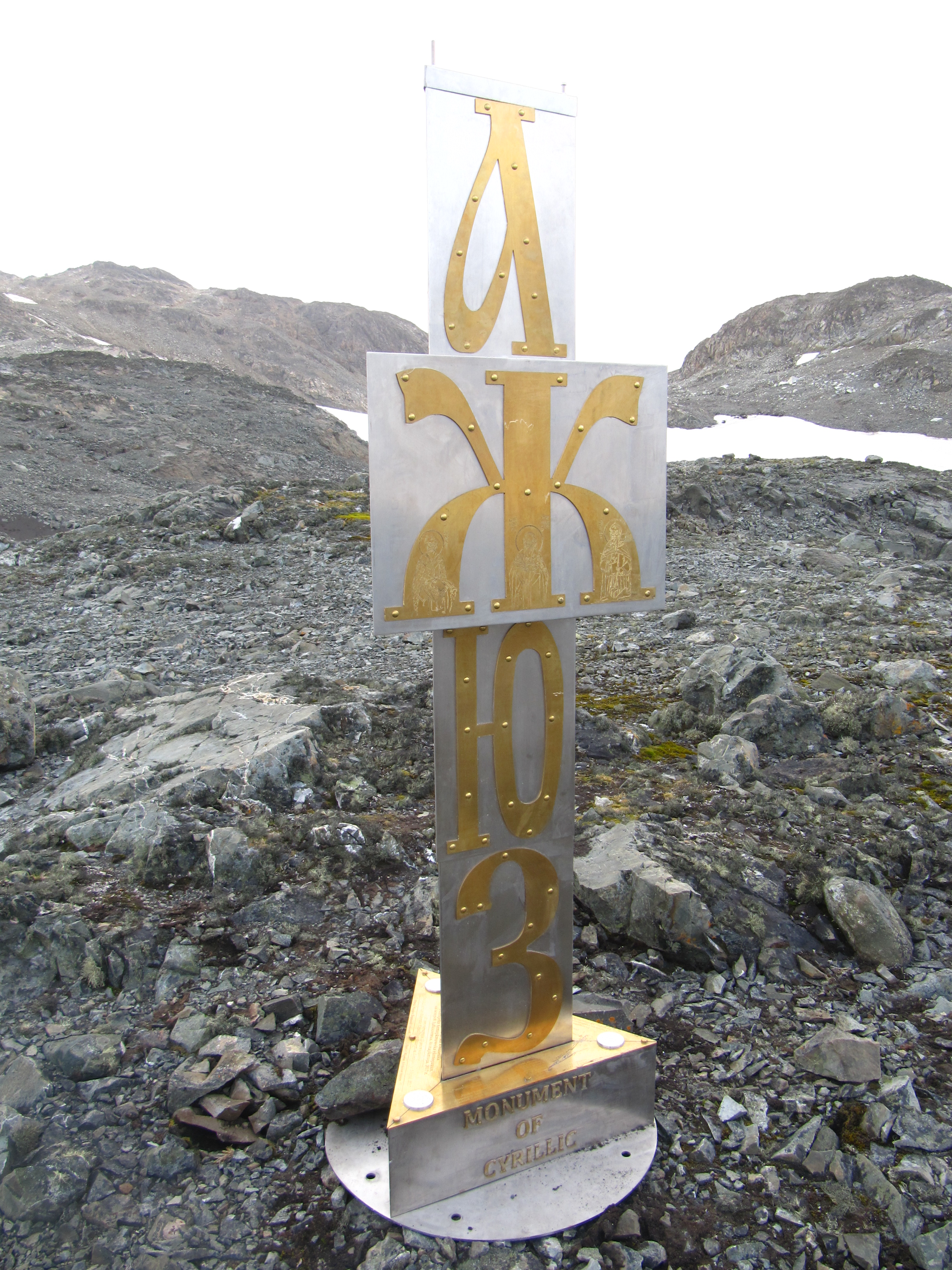|
Semisoft Sign
The semisoft sign (Ҍ ҍ; italics: ) is a letter of the Cyrillic script. The semisoft sign is used in the alphabet of the Kildin Sami language, where it indicates palatalization (sometimes also called "half-palatalization") of the preceding stop, . It has a similar shape to the yat (ѣ) but the taller horizontal stroke is shorter. Computing codes See also * Ѣ ѣ : Cyrillic letter Yat * Cyrillic characters in Unicode As of Unicode version 15.0 Cyrillic script is encoded across several blocks: * CyrillicU+0400–U+04FF 256 characters * Cyrillic SupplementU+0500–U+052F 48 characters * Cyrillic Extended-AU+2DE0–U+2DFF 32 characters * Cyrillic Extended-BU+A ... References Writing {{cyrillic-alphabet-stub ... [...More Info...] [...Related Items...] OR: [Wikipedia] [Google] [Baidu] |
Cyrillic Script
The Cyrillic script ( ), Slavonic script or the Slavic script, is a writing system used for various languages across Eurasia. It is the designated national script in various Slavic, Turkic, Mongolic, Uralic, Caucasian and Iranic-speaking countries in Southeastern Europe, Eastern Europe, the Caucasus, Central Asia, North Asia, and East Asia. , around 250 million people in Eurasia use Cyrillic as the official script for their national languages, with Russia accounting for about half of them. With the accession of Bulgaria to the European Union on 1 January 2007, Cyrillic became the third official script of the European Union, following the Latin and Greek alphabets. The Early Cyrillic alphabet was developed during the 9th century AD at the Preslav Literary School in the First Bulgarian Empire during the reign of tsar Simeon I the Great, probably by disciples of the two Byzantine brothers Saint Cyril and Saint Methodius, who had previously created the Glagoli ... [...More Info...] [...Related Items...] OR: [Wikipedia] [Google] [Baidu] |
Kildin Sami Language
{{disambig ...
Kildin may refer to: * Kildin Island * Kildin class destroyer * Kildin Sami * Ostrov (air base) Ostrov (Russian: ''Веретье'' ("Veret"); also Ostrov-5, Gorokhovka) is a Russian Air Force air base [...More Info...] [...Related Items...] OR: [Wikipedia] [Google] [Baidu] |
Palatalization (phonetics)
In phonetics, palatalization (, also ) or palatization is a way of pronouncing a consonant in which part of the tongue is moved close to the hard palate. Consonants pronounced this way are said to be palatalized and are transcribed in the International Phonetic Alphabet by affixing the letter ⟨ʲ⟩ to the base consonant. Palatalization cannot minimally distinguish words in most dialects of English, but it may do so in languages such as Russian, Mandarin, and Irish. Types In technical terms, palatalization refers to the secondary articulation of consonants by which the body of the tongue is raised toward the hard palate and the alveolar ridge during the articulation of the consonant. Such consonants are phonetically palatalized. "Pure" palatalization is a modification to the articulation of a consonant, where the middle of the tongue is raised, and nothing else. It may produce a laminal articulation of otherwise apical consonants such as and . Phonetically palatalized c ... [...More Info...] [...Related Items...] OR: [Wikipedia] [Google] [Baidu] |
Cyrillic Characters In Unicode
As of Unicode version 15.0 Cyrillic script is encoded across several blocks: * CyrillicU+0400–U+04FF 256 characters * Cyrillic SupplementU+0500–U+052F 48 characters * Cyrillic Extended-AU+2DE0–U+2DFF 32 characters * Cyrillic Extended-BU+A640–U+A69F 96 characters * Cyrillic Extended-CU+1C80–U+1C8F 9 characters * Cyrillic Extended-DU+1E030–U+1E08F 63 characters * Phonetic ExtensionsU+1D2B, U+1D78 2 Cyrillic characters * Combining Half MarksU+FE2E–U+FE2F 2 Cyrillic characters The characters in the range U+0400–U+045F are basically the characters from ISO 8859-5 moved upward by 864 positions. The next characters in the Cyrillic block, range U+0460–U+0489, are historical letters, some being still used for Church Slavonic. The characters in the range U+048A–U+04FF and the complete Cyrillic Supplement block (U+0500-U+052F) are additional letters for various languages that are written with Cyrillic script. Two characters in the block Phonetic Extensions block compl ... [...More Info...] [...Related Items...] OR: [Wikipedia] [Google] [Baidu] |
